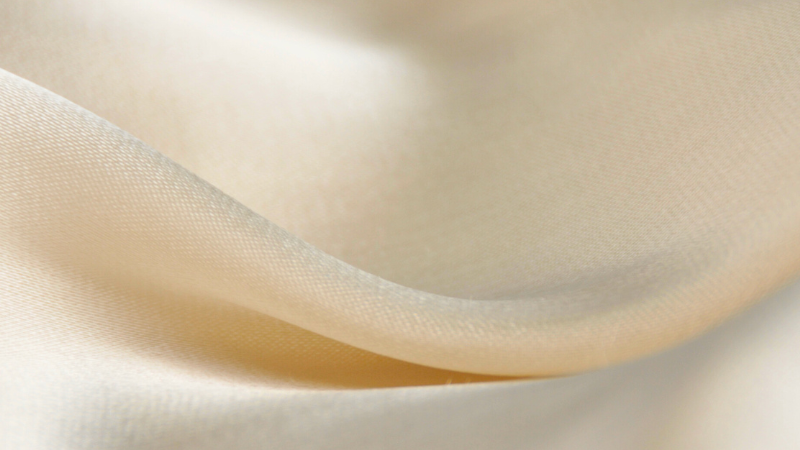
The visual beauty, and the marvelous properties of silk have become its essential sign of luxury during many generations. Silk is always at its most flattering for high end fashion and home textiles because it feels so silky, catches the light wonderfully and adds to its touch warmth. This material is adored and used at the most sophisticated sets of centuries ago and wonderful sets in contemporary times by the best fashion designers.
Why is silk so prominent from the other fabrics that made it such a high reputation? Having gone through this guide, we’ll see where silk originated, how it is made, what distinguishes it, discover its enduring reputation as a luxury fabric. Keep reading if you want to know about Silk’s background and learn why, for two years running, people who appreciate quality and ease have loved it.
What is Silk?

Silk is the protein fibre with which the lavae of the silk moth spin cocoons in. The artificial fibers involve the use of chemicals, therefore making silk a unique self-dissolving organic solution. One distinguishing prototype of silk, from its fibers, is that it has two kinds of proteins. The properties such as smoothness and strength of silk garments are, to a great degree, conditioned by fibroin. When sericin is eliminated, silk is made softer, shinier, and tougher on the surface, and gains its famous elegant texture.
The fact that shimmer exists in silk is a precise implication of the nature in which its fibres have been disposed. Silk’s peculiar micro-scale structure directs light, scatters it evenly around, which gives the silk its sheen that made it so well-known. Silk, being lightweight but warm, is ideal for year-round wearing as well as for tropical and cold climates. Though raw silk is highly recognized for its excellent hand and looks, it is also a great option for shoemakers of high-label wear and accessories that market style and comfort.
Common Uses of Silk
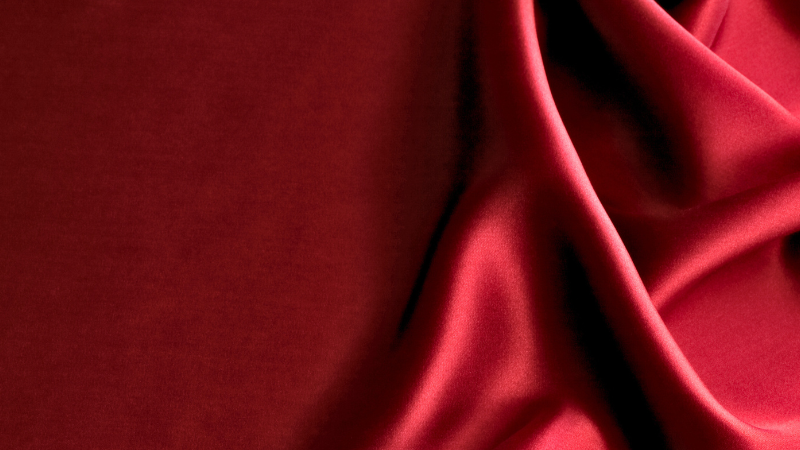
The diversity in use of silk means it has a large popular following, as it can be used in a very large array of high-end articles.
Fashion Products
Silk is a fabric that can be relied upon in the high fashion world, where it’s elegance and luxury really come to the fore. It is widely used in manufacturing beautiful evening gowns, luxurious blouses, great scarves and ties. The fabric’s sleek surface and natural sheen lend it ideally to garments that need both sophistication and added refinement. Silk gives these items some element of luxury taking them to timeless pieces of fashion.
Home Textiles
The advantage of silk goes beyond wearing and finds its application in home textiles. Silk makes any home décor luxurious, from pillows to bed linens. Silk satin bedding in particular is well known for its cool touch, moisture regulating properties and skin and hair benefits. The silk’s slick surface minimizes friction on the skin, and does not break hair, and does not irritate the skin, suitable product for those who demand comfort and luxury.
Stylish Gear
In the luxury accessories world, silk is a linchpin for improved function and beauty. Silk is widely used for bags, ankle socks, satin weaves and nightdresses. The lightness and sophistication of the fabric which makes these items appeal will add a fragile and refined touch. It doesn’t matter if it’s the softness of a silk scarf or the sophistication of a silk bag, this fabric oozes luxury to any ordinary wear.
Where Does Silk Come From?

Silk’s story started in China, more than 5000 years ago, where production took place on the Silk Road, the famous connection between China and so many other countries. The Chinese were the first to invent sericulture, the method of silkworms’ breeding, and they did everything to keep everyone else from learning how to make silk for many centuries. Currently, China, India and Thailand produce the bulk of the world’s silk because of their long history of rearing and silk weaving.
Growing Stage
We know Bombyx mori as a silkworm raised primarily to produce silk. It eats only mulberry leaves and what quality silk one gets depends a lot on the quality of the mulberry leaves. Eating so many mulberry leaves at once allows the silkworms to grow up really quickly.
As soon as a silkworm is ripe enough to do so, it secretes the silk protein and spins it into one smooth consistent thread that covers it up. Each silkworm can produce a cocoon which extends over 1,000 m. During these 6 to 8 weeks the silkworms change from eating lots of leaves to making their cocoons.
Global Silk Production
China leads in silk production globally, but India and Thailand have big parts in producing silk. Because of their sophisticated sericulture, China grows some of the best silk worldwide. There’s a strong appreciation in India for Tussah silk, gathered from wild silkworms, plus Muga silk, the famous golden silk from Assam.
What’s more, the silk industry in Thailand plays a key role in balancing the country’s finances by mixing wild and farmed silks. You’ll find silk from those regions being used to create everything from everyday fashion to high-end silk textiles.
How is Silk Made?
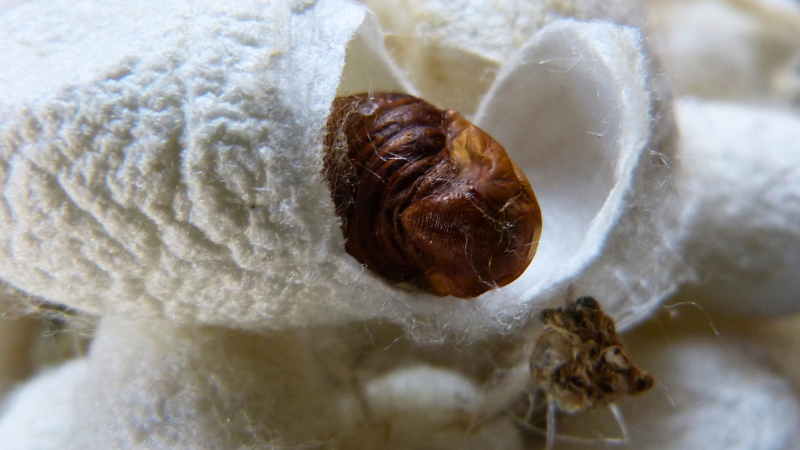
Production of silk is an art of magic from nature and handmade skills. Things start with a silkworm’s cycle and end with nice fine threads that are ready for weaving. A more detailed account of silk production process is provided below.
Lifecycle of the Silkworm
The short worms emerge in a very high speed from silkworms immediately after laying eggs. While they hatch the little caterpillars eat mulberry leaves, which have all that is required for their growth. After several weeks past birth, silkworms will only eat mulberry leaves.
Consequently, the silkworms grow in size several folds, and need more than one moult. At this growth the larvae metamorphose into pupae and straight away they start on construction of the cocoon. When creating its cocoon the silkworm produces a special protein that fuses into silk. The movements process, by the silkworm, as it constructs its cocoon, forms a liquid that generates the soft threads which make the whole cocoon.
Cocoon Harvesting
Getting the silk out starts only when the silkworm cocoons are finished and ready. Heating the cocoons in water helps the fibers come loose and separates much more easily. This protein, sericin, breaks apart in hot water, which helps the fibers come apart.
This helps a lot when it comes to getting the silk threads nice and loose. After getting rid of the sericin, the fibers become yarn. It’s important to be careful during boiling because losing steam can cause silk fibers to lose their natural properties. The natural fiber produced this way are used to make fabric.
Spinning Silk Threads
With the sericin gone, people open up the cocoons and carefully pull out whole threads of silk. Since the threads are very long and so delicate, only gentle handling can prevent them from breaking. The job of reeling is to remove a continuous thread from the harvested silkworm cocoons and spin it into yarn for use in fabric making.
If reeling goes well, it really affects how uniform, smooth, and good the quality grades of silk fabrics will be. Good silk fibers are a result of carefully following the right processes. Bad silk handling, or mistakes, can make the texture and elasticity worse. The reeling process has to go well for us to produce the highest quality silk products, because it takes a lot of skill and knowledge.
What is Silk Made Of?
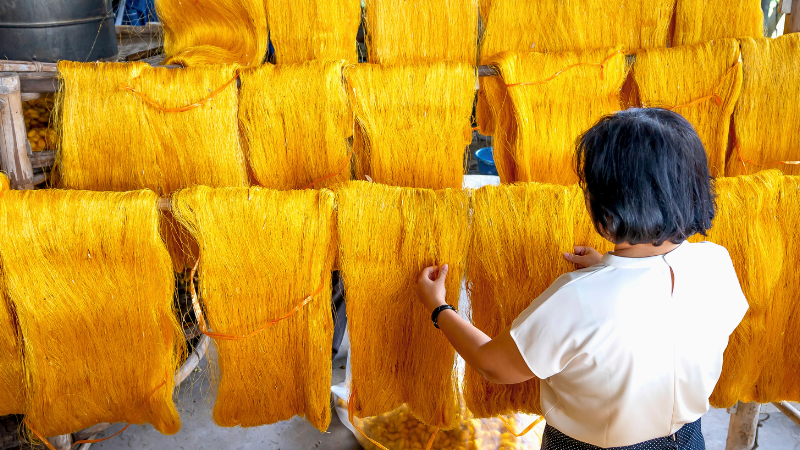
Two different proteins are found in silk:
- Most of what makes silk so tough, stretchy and bendable is the protein fibroin. People who make high-end fashion and textiles always want the light-reflecting glow that comes naturally to silk. It’s the fibroin protein that makes silk both tough and soft, and also helps create different styles for casual and formal clothes. Mostly, it’s fibroin that makes silk seem so elegant and impressive.
- Sericin is a sticky type of fiber that keeps the fibroin strands together in a silkworm’s cocoon. The sericin that shields the cocoon must be taken off during silk production. Getting rid of a lot of sericins while making silk is necessary to make sure it looks and feels unique. With sericin gone, the fabric becomes more breathable and the silk’s smoothness becomes even more visible.
Characteristics of Silk Fabric
Because silk has so many benefits, it’s the top choice for fashion and home needs. Why do people love silk so much for being both stylish and cozy? Let’s find out.
- Extremely soft and smooth – You can trust that silk is the softest and most comfortable fabric available. The way silk’s creamy and smooth feel covers the skin is what really makes it seem so exclusive. If you wear a silk blouse or lie down on silk sheets, you’ll notice how your skin enjoys how soft silk is all the time.
- Natural sheen – Besides the other great qualities Silk has, its natural lightness is hard to beat. How silk’s fibers overlap catches the light, creating its famous soft and glowing effect. Because of Silk’s captivating quality, it becomes a rare member of both high-end fashion and elegant home settings. Because silk can hold and give backlight, it gleams in a way that no other material can.
- Breathable – It’s very resilient, even though it appears much gentler than you’d expect. Because silk fibers are almost as strong as steel, the fabric stays resistant. However, it is so delicate. You’ll always enjoy just the right amount of warmth from silk, since it shapes itself to your skin and stops you from overheating. On top of that, silk allows your perspiration to dry away fast, so you stay fresh and don’t feel sticky. If staying healthy and keeping dry matter to you, silk bedding and clothes should be your top picks.
Different Types of Silk
In certain cases, special kinds of silk are what’s needed. Every one comes with its own visual and feel. These include:
Mulberry Silk
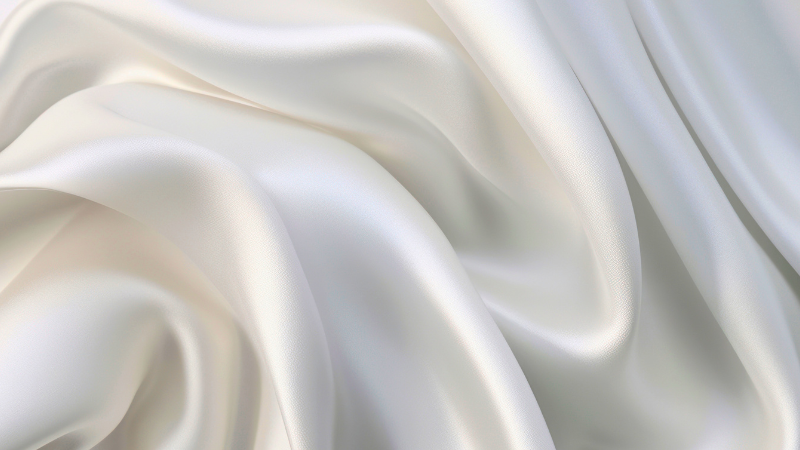
When it comes to luxury silk, mulberry silk is first in the world by how much fiber it yields. It takes silkworms that eat just those fully ripened common mulberry trees to create silk so shiny, sophisticated and expensive.
You will find that it’s always chosen for both elegant clothing and trendy home accessories. Mulberry silk’s natural softness and shine make it just right for making luxury clothes, pillows, and blouses. Because of how soft and shiny mulberry silk is, finished items are always distinctive and elegant.
Tussah Silk

The special qualities of tussah silk are caused by its silkworms’ life in the wild, and the silky fiber’s own lack of shine and rough feel. What makes wild-originated eri silk feel organically rough is that the worms eat local leaves as they spin their silk cocoons. Because Eri silk keeps its rough, earthy feeling, it’s popular for products meant to have a homespun and earthy charm.
Mulberry silk shines more than tussah silk, but the latter’s look makes it a mainstay for clothing and other home items. Most people who love a casual and natural look are attracted to the rough texture that tussah silk gives to finished products.
Eri Silk
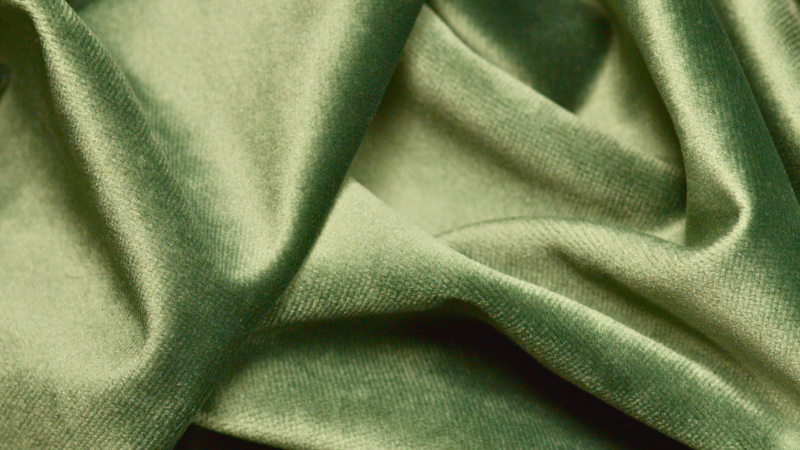
The fact that eri silk is both shiny and light making it a great material for fashion. As eri silk worms feed on castor leaves, its summer qualities come from its ability to help regulate your body temperature and keep you dry.
Thanks to how soft Eri silk is, it’s a good choice for making light dresses and shawls, making anyone wearing them feel both cool and stylish. People like Eri silk because it is produced sustainably; its fibers are just collected once the silkworms have finished turning into pupae and naturally left their cocoons.
Muga Silk
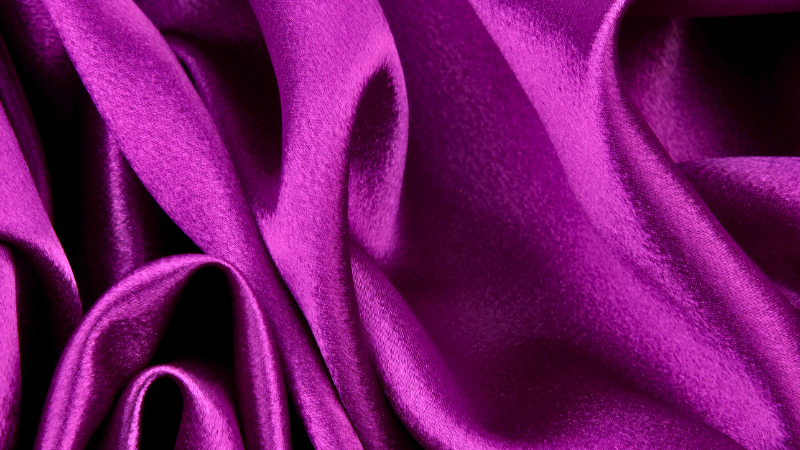
Muga is thought of as a wild silk and is created exclusively in India’s Assam region. Because of how sparkling gold and gently smooth the Muga silk is, designers and style fans find it extremely attractive.
Muga silk’s strong durability is the key reason its sarees and formal clothes remain of such excellent quality. Because Muga silk’s bright gold hue does not fade after many washings, this material is valuable for designers wishing to manufacture beautiful and durable garments. Because muga silk is soft and durable, it’s often used to make elegant, lasting designs.
| Silk Type | Look | Texture | Durability |
|---|---|---|---|
| Mulberry Silk | Lustrous,smooth | Soft,shiny | High |
| Tussah Silk | Matte,rustic | Coarse | Medium |
| Eri Silk | Slightly glossy | Soft, light | High |
| Muga Silk | Golden | Smooth | Very high |
Pros and Cons of Silk
Silk is prized for many reasons, yet it isn’t without some problems to keep in mind. You’ll learn about the benefits and drawbacks of harvested silk to make your choice easier. Even though Chinese silk gives a very luxurious feel, you shouldn’t ignore its practical aspects.
Pros
- Breathable – Thanks to how silk fibers let air flow, it’s always comfortable, whether it’s sweltering or very cold outside. It means you will feel good no matter if it’s hot outside or chilly.
- Elegant and luxurious – Because the silk produced looks shiny and feels soft, it’s often considered a high-end, durable fabric. This shimmery fabric fits nicely at formal events and can also bring a touch of class to your home.
- Easy to the skin – Because it is hypoallergenic, silk works well for anyone with delicate or easily irritated skin. Since silk feels so gentle, it’s especially nice for people with delicate skin who wear underwear or use bedding.
Cons
- Expensive – Since making silk takes a lot of manual effort, it’s one of the most expensive ways to create a textile.
- Wrinkles easily – You’ll notice silk creases more often than other textiles, so keeping it looking neat in clothes can be difficult.
- Not easy to keep – No matter how you clean it, the lack of care for silk is usually reflected in its shine and softness after some time. The elegance and the longevity of silk depend much upon how much care you give it. If you do not go through getting hard cleaning, then your silk will maintain its shine and smooth feel.
Is Silk Eco-Friendly and Ethical?
The way silk is produced nowadays places a great emphasis on the sustainable and ethical silk production. Traditional farming involves ethical dilemma of the highest order where the picking of silk from silkworms is concerned after it has been boiled. Further, the peace silk implies that silkworms will be able to spin their cocoons without any disturbance before their spins are utilized.
Since silk decomposes naturally and is a protein of nature, it is one of the most sustainable alternatives to a lot of synthetic materials. However, heavy consumption of water for mulberry farms and frequent chemical application in silkworm farms are big environmental issues. Consequently, there is a trend of the several silk producers switching to the more eco-friendly approaches like production of silk organically and the development of new silk of recycled materials.
Tips for Caring for Products Made out of Silk
In order for your silk to remain beautiful and be long lasting, you may please follow these instructions.
Hand-Washing vs Dry Cleaning
In producing cloths the material doesn’t matter here, as for making silk look at its best and retain the natural shine, one needs work harder, and silk is very fragile. It is best that you wash silk yourself, using cold water and the addition of a soft detergent and your hands. When you wash the silk by hand you are able to monitor this process and prevent it from being exposed to chemicals or water that would be too hot and thus damage the delicate fibers of silk.
This maintains the shine on the surface of silk as well as the pleasant softness. The care label is something that you should read before taking silk to a professional for cleaning, to know instructions for dry cleaning. If you decide to do this, then you are taking a step to protect your silk clothes. They’ll remain in a good shape for longer, and you’ll definitely save the number of opportunities to damage them accidentally.
Ironing and How to Store
There are definite ways of ironing that should be used to maintain the silk’s wonderful smoothness. For ironing of silk, you will use a fabric which is slightly damp. Avoiding to over soak your silk and keeping it slightly damp will prevent the heat damage and also make ironing function smoothly. If you adjust the setting to the low end and make sure not to even touch the silk then your wrinkles cannot come through.
This process is then used to make sure your silk remains soft and does not lose its shape. When you fold your silk in a proper way it will always hold its form and remain nice and neat. Be sure to keep silk dresses somewhere cold and dry without the exposure to direct sunlight in order for them always to appear nice and fresh. Only appropriate conditions of storing will ensure that your silk remains shaped, colored and soft.
Preventing Damage
As silk is not so strong in itself, it requires special care to keep it in good looks. One should be aware that if you do not treat silk properly, then you will rip or destroy the fibers. It would be prudent to treat silk at a safe distance from sharp and pointy object, since rough and jagged edges can crush delicate strands. Prolonged exposure of the long silk fibers, to the sunlight will change its color as well as weaken it. Thus, it is better to avoid exposing silk to the sunlight to a great extent.
It is best advised to keep silk away from the sources of light for a long period of time. If you want your silk outfit to be spared from rain and you will not feel rough on it put your silk outfit somewhere away from bright light and high humidity and it will not ruin. If you take a silk off of the nature, a silk stays bright and pleasant to touch.
Final thoughts – Why Silk Continues to Be The Example of Luxury
An image of sophistication, comfort, and delicacy is what is provided to all our silk goods from Yanmao Textile Technology CO., LTD. You will always be guaranteed quality once you use a silk dress, satin weave, or decorative pillows from us in your special function.
We are quite responsible when it concerns quality and skill of it, so silk from Yanmao looks soft, sparkles without further moments and stays fresh and airy always. If you are looking for silk with good embroidery and durability then luxury then Yanmao Textile Technology CO.,LTD.’s products fit you. Our silk ensures that you have high quality products that are different.





